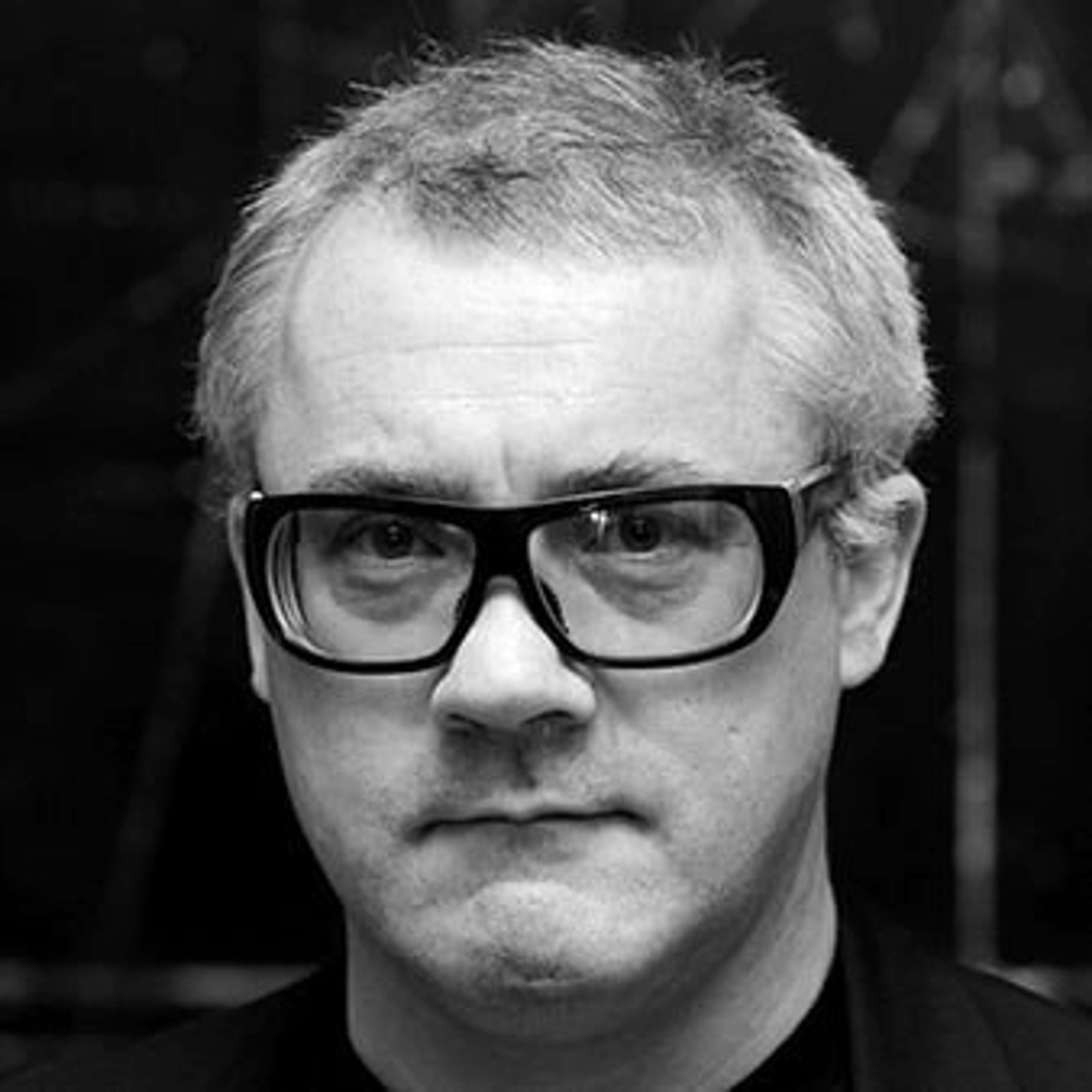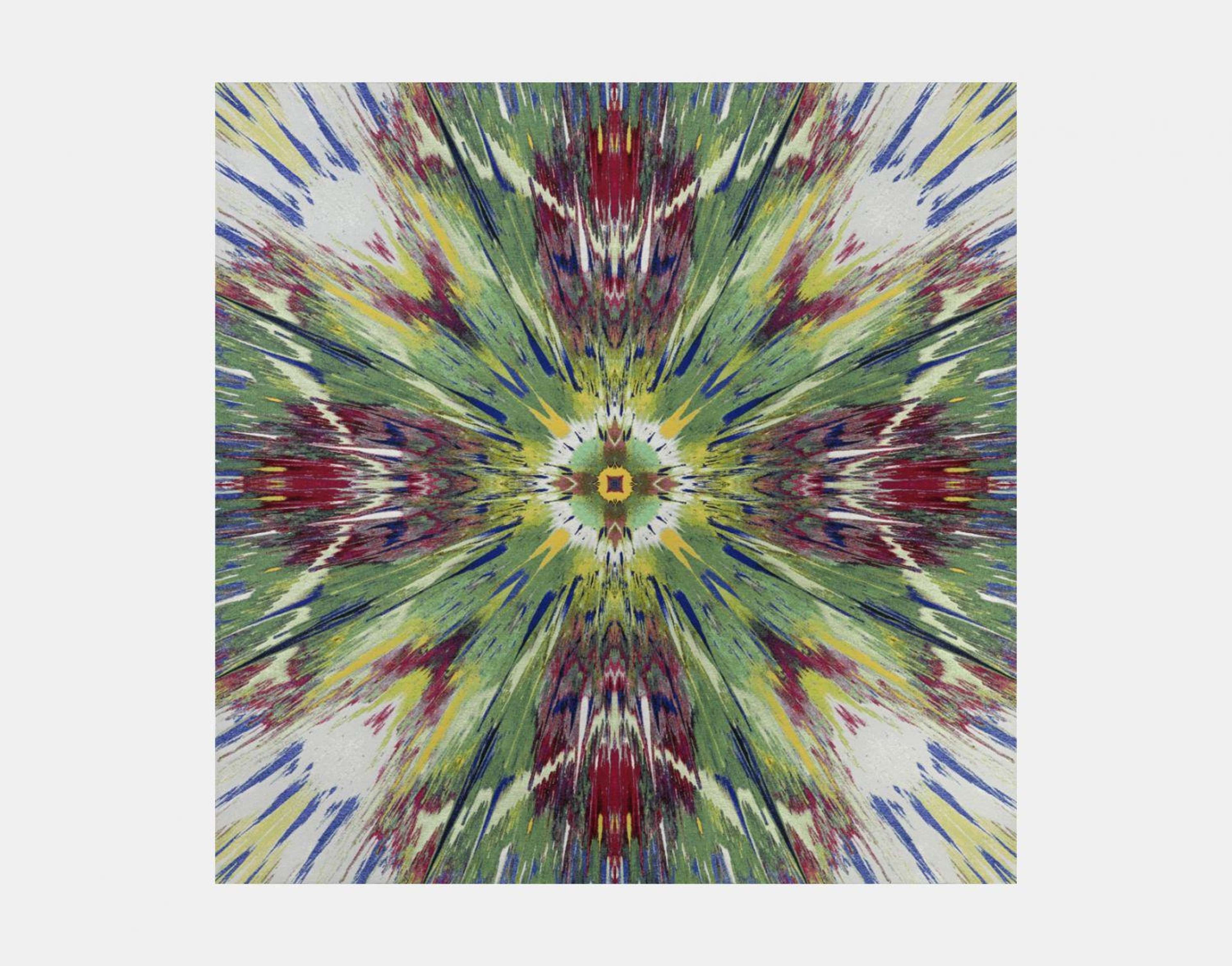Market Watch Damien Hirst: Top 10 Most Investable Prints



Damien Hirst
684 works
In 2024, Damien Hirst's print market demonstrated steady performance, reaching £2.4 million in sales - a slight increase from 2023. This growth was achieved despite fewer lots being sold, resulting in a stable market presence and a notable rise in the average selling price (ASP) to £8,500, marking a 12% increase from the previous year.
Hirst's current print market reflects a balance of successes and challenges. In 2024, his prints delivered solid results, with stable sales values and a rising ASP. However, the continuous influx of new editions - driven by Hirst's prolific creativity and frequent releases - has contributed to a degree of market saturation, with some works yet to establish their value on the secondary market. Despite this, certain series remain highly sought after. His Cherry Blossom and Butterfly prints continue to perform well, while his Pill works maintain steady value. Looking ahead, anticipation grows for Hirst's upcoming releases and the potential resurgence of his iconic Skull series.
Below are Hirst's most investable prints from 2023 and 2024:
 Image © Phillips / Day In Day Out © Damien Hirst 2003
Image © Phillips / Day In Day Out © Damien Hirst 2003Day In Day Out
In October 2024, Phillips hosted its first dedicated Damien Hirst auction focused on prints and editions. Held online, the sale was a resounding success, with standout lots featuring editions of Hirst's Pill Cabinets from the early 2000s.
Day In Day Out, showcasing an array of pills meticulously arranged within a white cabinet, achieved £230,759, while End Of Days, featuring pills displayed in a black cabinet, sold for £127,000. Both editions reflect Hirst's early fascination with pharmaceuticals, delivering a bold visual impact and offering a thought-provoking commentary on modern culture and consumerism through themes of health and mortality. These two works stand as the highest-selling editions in Hirst's market across 2024 and 2023.
The Virtues (complete set)
Hirst's complete set of The Virtues reached its peak market performance in 2022, just a year after debuting on the secondary market. While its value has since stabilised, the set still remains highly sought-after, with multiple appearances at auction within the same calendar year consistently drawing competitive results.
In February 2024, a complete set of The Virtues sold at Phillips for £121,083, followed by another sale in June, achieving £101,600. Both results either matched or exceeded the prices realised in 2023, underscoring the enduring demand and steady performance of this iconic series.
Love Poems (complete set)
Through vibrant colours and delicate compositions, Hirst's Love Poems prints evoke both beauty and fragility, capturing the fleeting nature of love and existence. Individual prints from this collection are rarely seen on the market, and complete sets are even scarcer. In January 2024, the Love Poems (complete set) appeared at Phillips, emerging as one of the standout lots of the sale. Marking only its third appearance on the secondary market, it achieved an impressive £78,740.
All You Need Is Love Love Love
Similar to Hirst's Love Poems prints, his Love series features delicate butterflies set against a bold crimson heart, with select editions enhanced by diamond dust. Produced in various sizes, these works encapsulate Hirst's recurring themes of love, beauty, and mortality. In 2023, a large-scale Artist Proof (AP) from this series sold for £61,126 at Bonhams, setting a new auction record. This result highlights the appeal of the series, securing its place among Hirst's most valuable and in-demand prints across 2023 and 2024.
Methamphetamine
In 2023, Hirst's Spots series experienced strong momentum in the market, delivering record-breaking results. While often critiqued for their perceived lack of artistry and reliance on assistant-driven production, these works hold significant value through their meticulous precision, carefully arranged compositions, and instantly recognisable style, which has become a defining signature of Hirst's artistic identity. A notable highlight from the series was Methamphetamine (2004), which appeared twice on the secondary market in 2023, achieving £56,700 at Sotheby's in January.
Prophecy
Prophecy (2016) is part of Hirst's first HENI production series, featuring 12 square tapestries unified by a vibrant colour scheme and inspired by his dynamic Spin Paintings. This series showcases Hirst's signature visual style, combined with innovative production and material techniques. Highly rare on the market, each tapestry is limited to an edition of just 20. In June 2023, Prophecy appeared at Phillips, achieving £50,800 - a result that positioned it among Hirst's most valuable prints for two consecutive years, underscoring its significance within his body of work.
Tetrahydrocannabinol
Another standout from Hirst's Spots series is Tetrahydrocannabinol (2004), a horizontal composition. Two APs of this work recently appeared at auction, achieving £50,610 in April 2023 and £46,602 in October 2024. Both sales represent a value increase of at least 70% since the work's last market appearance in 2020, underscoring sustained confidence in this series. In our In-Demand Print Report, we explore the impact of branded artists and how their distinctive visual styles have become defining hallmarks of their success.
 Image © Phillips / H-15 The Archangels (complete set) © Damien Hirst 2021
Image © Phillips / H-15 The Archangels (complete set) © Damien Hirst 2021The Archangels (complete set)
Created in 2021 and released in 2024, The Archangels is a series of four limited-edition prints inspired by Hirst's Cherry Blossom paintings. Each print, named after the archangels Raphael, Uriel, Michael, and Gabriel, is limited to an edition of 100. Rare and fresh to the market, no individual print from the series has yet appeared on the secondary market. However, a complete set made its auction debut at Phillips during the Damien Hirst Online Sale in October 2024, achieving an impressive £48,260. This result underscores the strong demand and immediate appeal of these vibrant, nature-inspired works in various formats.
Big Love
Big Love (2010), part of Hirst's Love series, features delicate butterflies set against a bold, heart-shaped backdrop. These works, known for their fleeting beauty and intricate detail, have remained highly sought after, maintaining impressive and consistent value throughout 2023 and 2024. In June 2024, a regular edition enhanced with diamond dust achieved £48,260 at Phillips, underscoring the continued appeal of this series.
The Last Supper (complete set)
Hirst's The Last Supper series (1999) reimagines pharmaceutical packaging to critique modern society's dependence on medicine. By replacing drug names with traditional British food labels, Hirst blends sharp wit with biting commentary on consumer culture and mortality. As one of his most iconic and thought-provoking print series - and his very first - it remains exceptionally rare on the market. In 2023, the series made a notable return, appearing at auction for the first time since 2020 and achieving an impressive £41,816, more than doubling its previous result.













